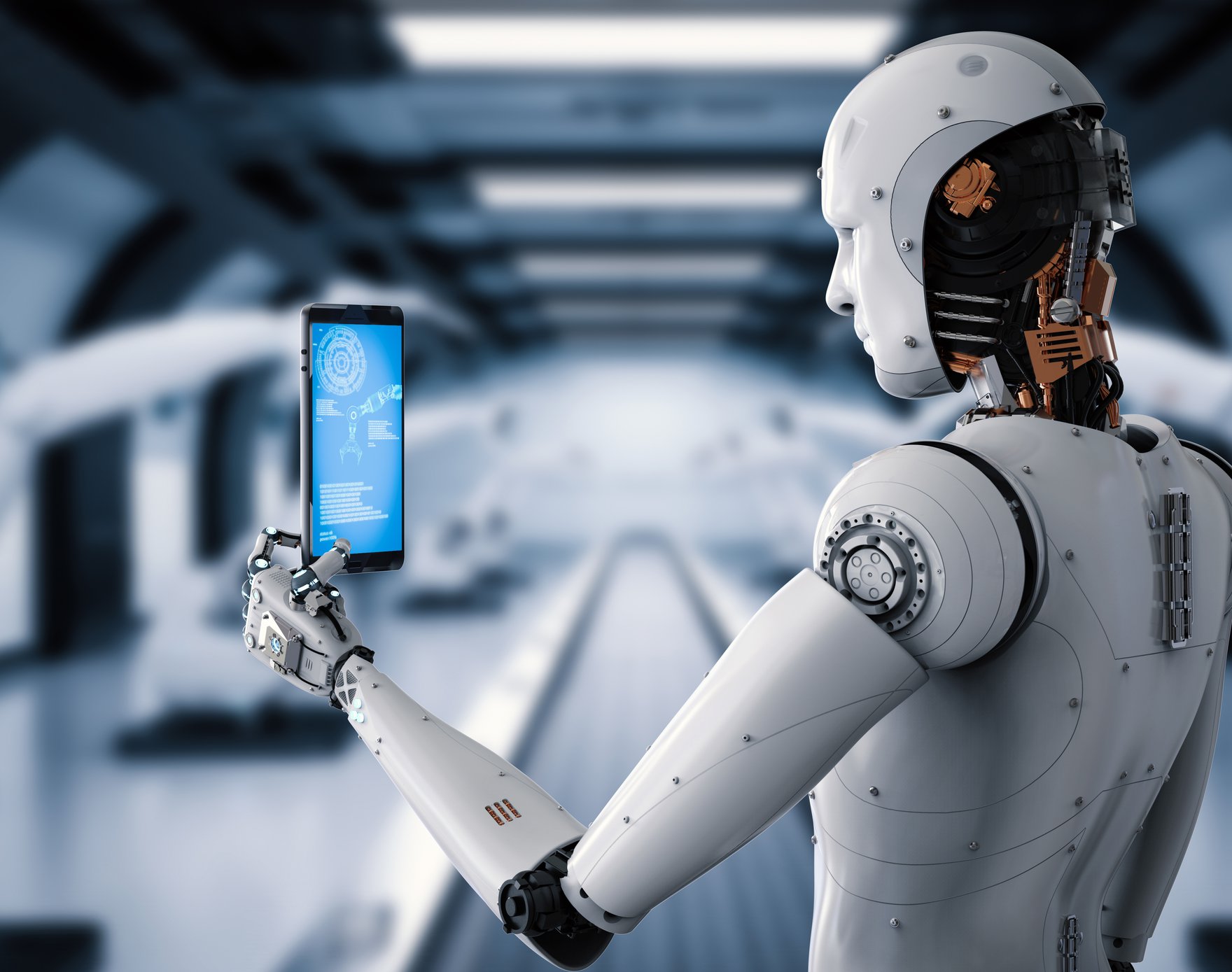Artificial intelligence (AI) and other new technologies will undoubtedly destroy millions of jobs around the world. The losses sound like a problem to many people who fear automation could leave too few positions to go around. But, then again, the aging of populations will reduce the number of workers in developed and some developing countries by many millions. Those losses, too, might sound like a problem, because there might not be enough workers to go around.
What are we to make of these apparently alarming but contradictory narratives? In fact, neither trend should cause much trouble.
The basic economic question about aging is how many non-workers each worker has to support. The dependency ratio — the ratio of people of non-working age to those of working age — is a crude measure of the scale of the problem. But the dependency ratio for older people is not the whole story, because workers also have to support young people. Fortunately, the World Bank provides all three dependency ratios — for the old, the young and the two combined. Its figures, which define working age as 15 to 64, extend from the years 1960 to 2016, and cover the world and most individual countries.
Globally, the dependency ratio of non-working older people to workers has indeed risen over the 56 years, from 8.6 percent to 13 percent, and will continue to increase. However, the global dependency ratio of non-working youth to workers has dropped much more, from 64 percent to 40 percent — and so the total dependency ratio has also fallen, from 73 percent to 54 percent. Even in Japan, with its low birth and immigration rates, and an old-dependency ratio that has gone up by a remarkable 35 percentage points, from 9 percent to 44 percent, the total ratio has risen by a much more modest 10 percentage points, to 66 percent.
The total-dependency ratio is set to rise in most countries, but at a modest rate and to a modest peak, unless a lot more babies are born. The contemporary industrial economy is easily productive enough to support the highest likely dependency ratio. For one thing, rising retirement ages will reduce the ratio. But even if that reduction falls short, there is enough slack to keep up consumer lifestyles. All that is needed is to improve production techniques in poor countries, and to eliminate some inefficient jobs in rich ones. The labour of economically pointless financial speculation would be a good place to start.
Increases in the productivity of labour will also ward off labour shortages. But that brings back the opposite worry — excessive job destruction. AI, in particular, could turn a large quantity of today’s person-hours into tomorrow’s machine-minutes, destroying millions of jobs in manufacturing, distribution and services.
Still, conceptually, AI should not lead to a glut of unemployable labourers. For one thing, it will not only destroy jobs, but also create them, by stimulating new activities that require new workers. The process is well known. For example, the massive increase in the automation of financial services came at the expense of many workers’ jobs, but the decrease in transaction costs led to the creation of many new positions. Despite rapid digital advances, the number of Americans working in financial services fell by only 1.5 percent between 2004 and 2014, according to the US Bureau of Labor Statistics (BLS).
Furthermore, AI and other new technologies can free more people to do things that machines can never do. People are not optional when the task is to educate, entertain, take care of and love each other.
The trend to humane labour is well under way in the job market. The BLS reports that, from 2004 to 2014, employment in its most exclusively human-to-human categories — professional and business services, private education, social assistance, leisure and hospitality and health care — rose from 32 percent to 37 percent of the US total.
There may also be gains that do not show up in payroll data.
Higher productivity leaves more time for unpaid labour of love, for example, working age men and women “staying at home” to care for an elderly relative or for their children.
But the childcare example carries a caution. In the United States, many parents feel they cannot afford to stop working for pay. The impediment is certainly not a lack of national wealth, since other rich countries manage to provide far more generous parental leaves. Rather, the structure of the US labour market — expectations, policies, taxes and benefits — sharply penalizes people who make this choice about what to do with their labour.
Rich European countries do not get everything right. On the contrary — in many of them, inappropriate economic structures cause persistently high unemployment rates.
Bad structures could certainly negate the gains from AI in any country, and amplify the challenges created by an increasing old-dependency ratio. But it is worth identifying the real threat. It is not the effect of AI or an aging population on potentially available economic resources. These resources will be more than sufficient to keep up prosperity for all. Rather, the potential stumbling block is the poor deployment of these resources.
If the system works badly enough, too few new jobs may be created, too many people could end up working at the wrong jobs, and too many old people will receive inadequate care. That would be a tragedy, but an avoidable one.



